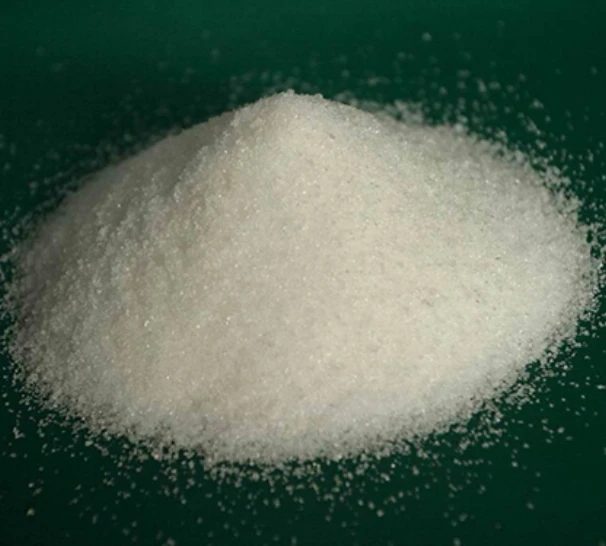hedp water treatment
HEDP Water Treatment An Innovative Approach
In the quest for effective water treatment solutions, the use of specialty chemicals has garnered significant attention. One such chemical is 1-Hydroxyethylidene-1,1-diphosphonic acid (HEDP), a phosphonate compound widely employed for its exceptional properties in water treatment applications. This article explores the role of HEDP in water treatment, its advantages, and its applications.
Understanding HEDP
HEDP is a colorless, odorless liquid that is soluble in water. It is primarily used as a chelating agent, which means it can bind to metal ions, thus preventing their precipitation and scaling in water systems. HEDP is particularly effective against calcium, magnesium, and iron ions, which are common contributors to scale formation in water treatment processes.
The Role of HEDP in Water Treatment
The primary use of HEDP in water treatment is its ability to control scale and corrosion. In industrial applications, water is often treated to prevent the deposition of mineral scale on equipment, which can create operational inefficiencies and lead to costly maintenance. HEDP acts by stabilizing calcium and magnesium ions in solution, thereby inhibiting the formation of scale.
Moreover, HEDP’s ability to prevent corrosion is equally important. Corrosion can lead to the deterioration of pipelines and equipment, resulting in leaks and the potential for environmental hazards. By forming a protective layer on metal surfaces, HEDP reduces the rate at which these materials corrode, thereby extending the lifespan of industrial installations.
Advantages of HEDP
1. High Efficacy HEDP demonstrates high effectiveness at low concentrations, making it a cost-efficient solution for water treatment. This characteristic allows industries to minimize chemical usage while achieving optimal results.
2. Environmental Compatibility HEDP is biodegradable and has a relatively low toxicity profile, making it a safer choice compared to other phosphonate-based compounds. Its environmental compatibility ensures that water treatment processes using HEDP align with sustainability goals.
hedp water treatment

3. Versatility HEDP can be employed in various applications, ranging from cooling water systems to boiler water treatment. Its versatility makes it an indispensable component in the chemical arsenal of water treatment professionals.
4. Compatibility with Other Chemicals HEDP is often used in conjunction with other water treatment chemicals. Its compatibility allows for synergistic effects, enhancing overall treatment efficacy.
Applications of HEDP in Water Treatment
1. Industrial Water Systems In large-scale industrial settings, HEDP is commonly used to treat cooling water and boiler feed water. By controlling scale and corrosion, it enhances the efficiency and reliability of these systems.
2. Municipal Water Treatment HEDP can also be utilized in municipal water treatment plants to minimize scale formation in distribution systems, thereby ensuring a steady supply of clean water to communities.
3. Oil and Gas Industry In oil and gas extraction, HEDP is employed to mitigate scale and corrosion in pipelines and equipment, contributing to the efficient extraction and processing of resources.
4. Desalination Plants With the increasing demand for freshwater resources, desalination has become critical. HEDP plays a vital role in preventing scaling in desalination processes, thus improving efficiency and reducing operational costs.
Conclusion
The use of 1-Hydroxyethylidene-1,1-diphosphonic acid (HEDP) in water treatment is an innovative solution that addresses both scaling and corrosion challenges. Its high efficacy, environmental compatibility, versatility, and compatibility with other chemicals make it an invaluable tool for various applications, from industrial processes to municipal water treatment. As industries and communities continue to seek sustainable and efficient water treatment solutions, the role of HEDP is poised to expand further, underscoring its significance in advancing water management practices. Embracing such innovations is essential for tackling the pressing water challenges of our time.
-
Pbtc Scale InhibitorPBTC: A Scale Protector for Industrial Water TreatmentNewsAug.05,2025
-
Organic Phosphonate: An Efficient Defender in the Field of Scale InhibitionNewsAug.05,2025
-
Hydrolyzed Polymaleic Anhydride: Green Pioneer in Scale Inhibition FieldNewsAug.05,2025
-
PAPEMP Polyamino Polyether Methylene Phosphonic Acid For SaleNewsAug.05,2025
-
Flocculant Water Treatment: A Pioneer in Purification in the Field of Water TreatmentNewsAug.05,2025
-
Benzyl Isothiazolinone: An Efficient and Broad-Spectrum Antibacterial Protective GuardNewsAug.05,2025





